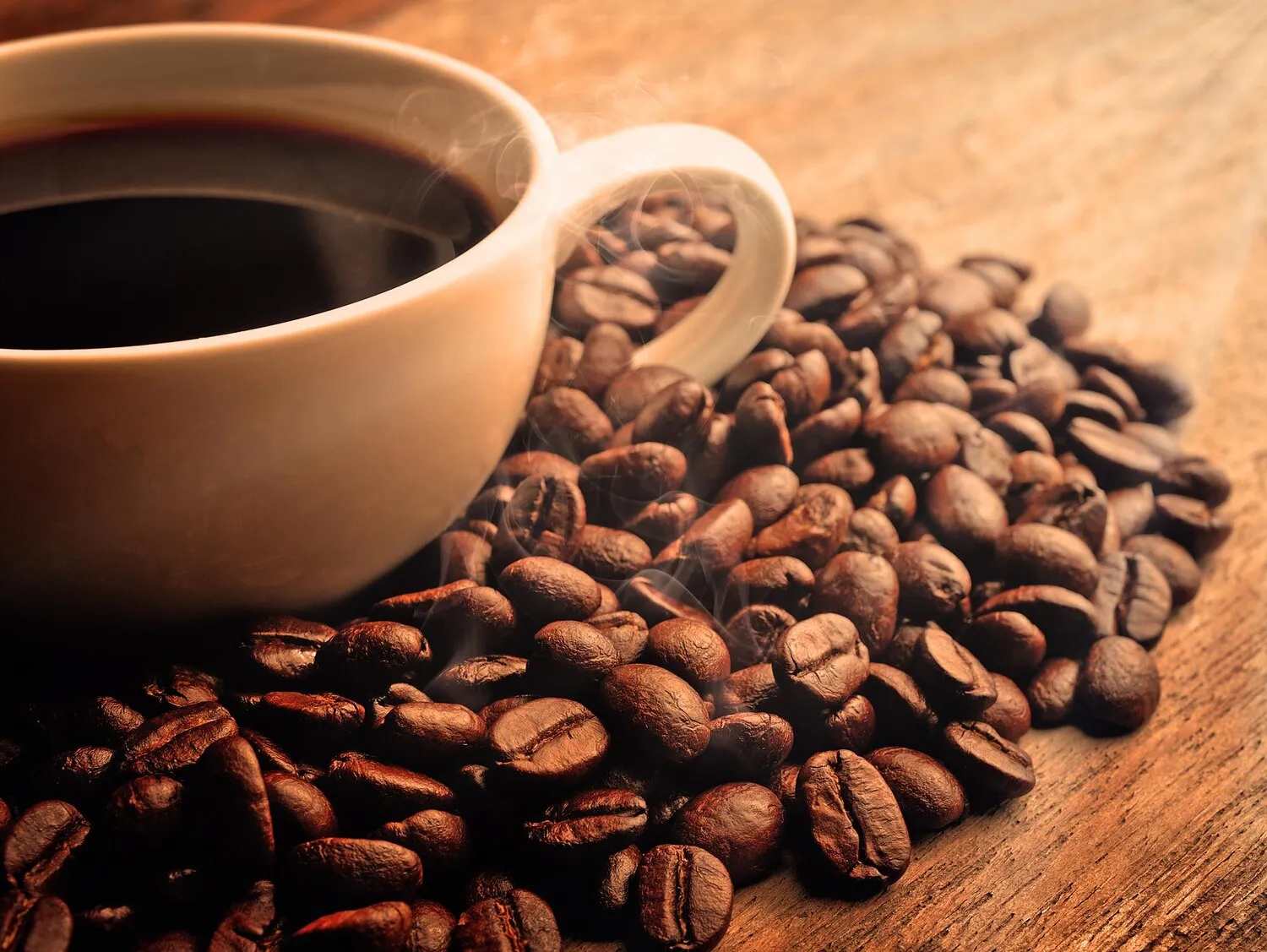
Café
Coffee served at the establishment.
Nutrition Facts
* The % Daily Value (DV) tells you how much a nutrient in a serving of food contributes to a daily diet. 2,000 calories a day is used for general nutrition advice.
Restaurante e lanchonete Parada 57
Coffee's history began in Ethiopia, where the coffee plant originated. From there, it spread to Yemen and then throughout the Arab world. Coffee houses became centers of social and intellectual life. European traders introduced coffee to Europe in the 17th century, and it quickly became a popular beverage. The development of different brewing methods and coffee varieties has since evolved globally.
Coffee holds immense cultural significance worldwide, serving as a social lubricant, a ritualistic beverage, and a source of comfort and energy.
Social Gatherings
Coffee shops and cafes are common meeting places for friends, colleagues, and even business negotiations. Sharing a cup of coffee is often a way to connect and build relationships.
Morning Ritual
For many, coffee is an essential part of their morning routine, providing a caffeine boost to start the day and setting a positive tone for the hours ahead.
Coffee Ceremonies
In some cultures, such as Ethiopia and Eritrea, coffee ceremonies are elaborate and significant social events, involving roasting, grinding, and brewing coffee in a traditional manner, often accompanied by incense and conversation.
The flavors of coffee are incredibly diverse, ranging from bright and acidic to rich and chocolatey, depending on the bean origin, roasting level, and brewing method.
Coffee flavor profiles are complex and influenced by factors such as bean origin (e.g., Ethiopian beans are often floral and fruity, while Sumatran beans are earthy), roasting level (lighter roasts retain more acidity, darker roasts develop more bitterness and chocolate notes), and brewing method (e.g., espresso is concentrated and intense, while drip coffee is lighter and more nuanced). Common flavor descriptors include acidity, body, aroma, and sweetness, with notes of fruit, chocolate, nuts, caramel, spices, and more.
Bean Selection
Experiment with different coffee bean origins and roast levels to find the flavors that best suit your palate. Consider purchasing whole beans and grinding them fresh for optimal flavor.
Grinding
Use a burr grinder rather than a blade grinder for a more consistent grind, which is crucial for even extraction. Adjust the grind size according to your brewing method.
Brewing Method
Explore different brewing methods, such as pour-over, French press, espresso, or cold brew, to experience different coffee flavors and textures. Each method extracts different compounds from the coffee beans.
Water Quality
Use filtered water for brewing to avoid affecting the coffee flavor. The ideal water temperature is between 195-205°F (90-96°C).
Storage
Store coffee beans in an airtight container away from light, heat, and moisture to maintain their freshness. Avoid storing coffee in the refrigerator or freezer.
Explore additional Coffee dishes and restaurants
Explore CoffeeDiscover top dining spots and culinary experiences in Rancho Queimado.
Explore Rancho QueimadoLearn more about the food culture, restaurant scene, and culinary heritage of Brazil.
Explore Brazil